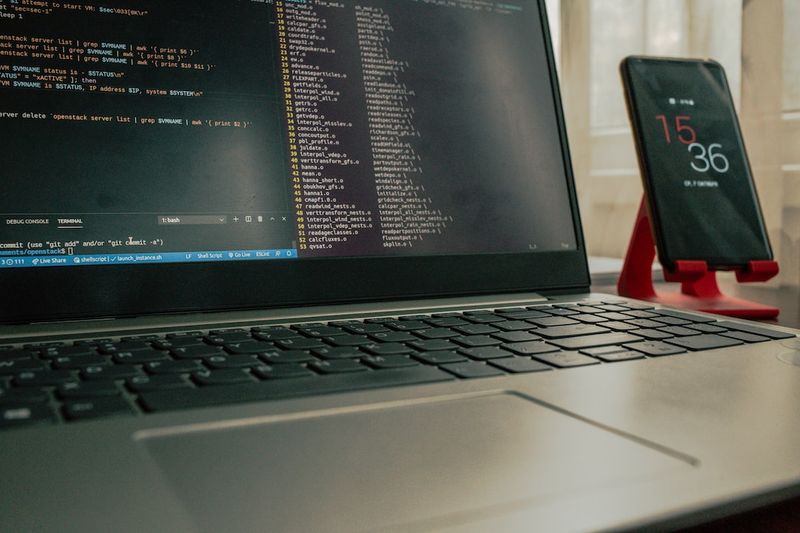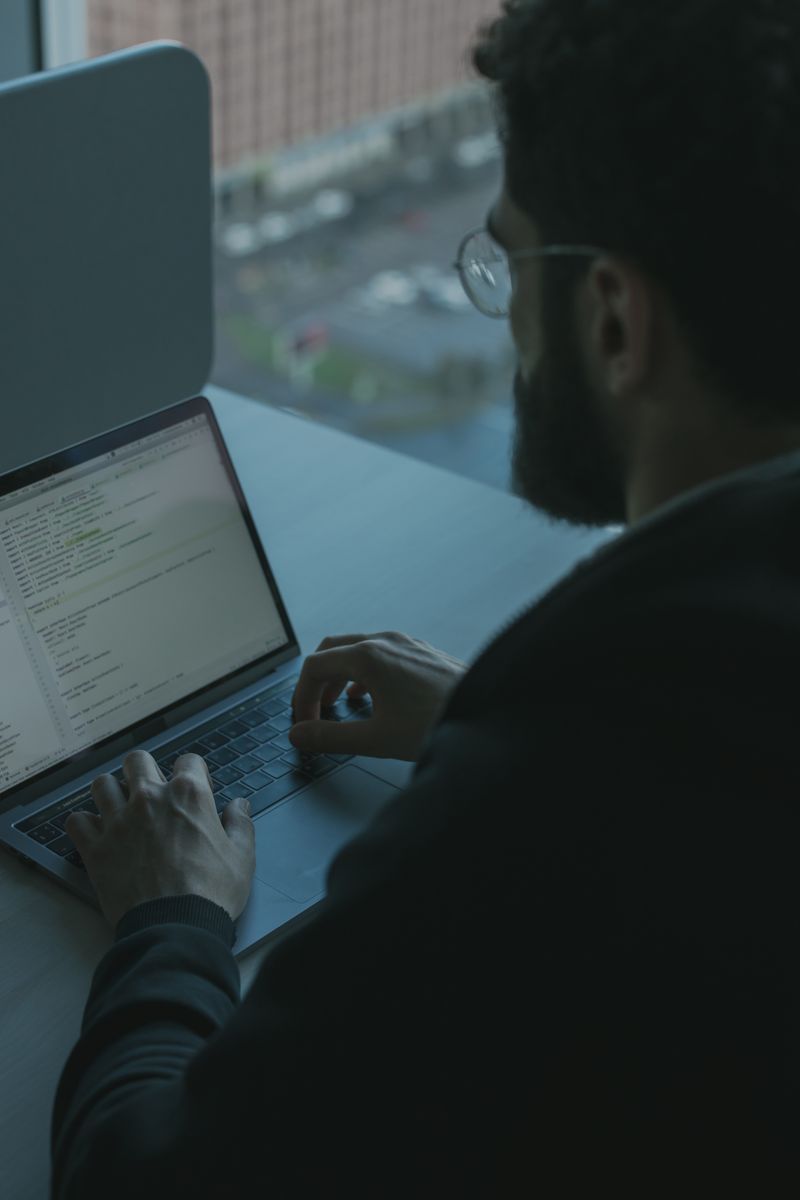Ransomware Criminals Dumping Kids’ Private Files Online after School Hacks
The Disturbing Reality of Ransomware Attacks on Schools
The recent surge in ransomware attacks on schools has created a distressing situation where confidential documents, including accounts of student sexual assaults, psychiatric hospitalizations, abusive parents, truancy, and even suicide attempts, are being stolen and dumped online by criminal hackers. The fallout from these attacks is not limited to financial costs or temporary disruptions; it is the deep emotional trauma experienced by students, staff, and parents due to the exposure of their private records.
The Minneapolis Public Schools was targeted in one such attack, resulting in the dumping of over 300,000 files when the district refused to pay a $1 million ransom. These files contained sensitive information such as medical records, discrimination complaints, and Social Security numbers of district employees. The impact of these attacks is magnified by the fact that schools, often struggling with limited resources and tight budgets, are ill-equipped to defend against these cyber threats or respond adequately when attacked. The consequences are dire, and the victims, especially the students, are left feeling violated and betrayed.
Schools’ Lagging Response to Cybersecurity
While other organizations have taken significant steps to fortify their networks and implement security measures such as data encryption and multi-factor authentication, school systems have been slower to react. According to cybersecurity experts, ransomware attacks have likely affected over 5 million students in the United States, and the number of attacks is expected to rise. A survey by the Center for Internet Security revealed that nearly one in three U.S. districts had experienced a breach by the end of 2021.
The primary issue is the lack of funding and prioritization for cybersecurity in schools. Parents and communities demand resources for various initiatives like hiring bilingual teachers or investing in sports equipment, often leaving little room in the budget for comprehensive cybersecurity measures. As a result, schools become easy targets for cybercriminals who recognize the vulnerability and exploit it for their gain.
The Urgent Need for Solutions
Addressing the cybersecurity vulnerabilities in schools requires immediate attention and action from multiple stakeholders. The federal government should enact legislation that mandates data breach notification for schools, similar to the requirements for healthcare institutions. A coordinated effort is needed to ensure that affected individuals are promptly informed, allowing them to take necessary steps to protect themselves and mitigate potential harm.
School districts must also invest in network security staff and allocate adequate resources for cybersecurity measures. This will help build strong defense mechanisms and enable quick detection and response to potential attacks. Additionally, collaboration between schools and private sector cybersecurity professionals should be fostered to ensure continuous monitoring, threat intelligence sharing, and efficient incident response.
Increasing Funding for School Cybersecurity
To effectively address this growing cyber threat, more funding must be allocated specifically for cybersecurity in schools. This can be achieved through a combination of federal grants and state-level initiatives. The federal government’s distribution of $1 billion in cybersecurity grants over four years is a step in the right direction, but it must be ensured that schools receive their fair share of these funds. Moreover, programs like E-Rate, which aims to improve broadband connectivity in schools and libraries, should be modified to allow funds to be used for cybersecurity purposes as well.
Ultimately, protecting student and staff data should be a priority for every school district. By investing in robust cybersecurity measures, fostering partnerships with experts, and allocating adequate resources, schools can strengthen their defenses against cyber threats and safeguard the privacy and well-being of their students. It is imperative that schools take immediate action to address this pressing issue and protect the sensitive information entrusted to them by students and their families.

<< photo by cottonbro studio >>
The image is for illustrative purposes only and does not depict the actual situation.
You might want to read !
- Swedish Data Protection Authority Raises Concerns Over Google Analytics Usage
- UCLA Cyberattack: Unveiling the Mysterious Intrusion
- How vulnerable are Samsung and D-Link devices to cybersecurity threats?
- The Growing Threat: DDoS Attack Tool Adapts with Encryption, Putting Multiple Sectors at Risk
- The Rise of Mexico’s Android Hacker: A Menace to Global Banks?
- The Urgent Need for Immediate Patching: 330,000 FortiGate Firewalls Vulnerable to CVE-2023-27997 RCE Flaw
- How Cybersecurity Lapses are Shaking Up the Healthcare Industry
- Navigating the Fallout: Unraveling the Impact of the MOVEit Data Breach on the Department of Health and Human Services
- Editorial exploration: Examining the consequences of Microsoft’s illegal data collection and the implications for children’s online privacy.
Title: Microsoft Settles with US for $20M Over Illegal Collection of Children’s Data
- Microsoft’s $20M Fine for Violating Children’s Privacy Laws with Xbox Data Collection
- “State Transition Bans and Global Satellite Systems: Unveiling the Hacking Crew’s Cyberattack”
- The Stealthy Threat: Analyzing the Widespread Attack on Password Managers and Crypto Wallets
- The Future of Data Security: Thales Collaborates with Google Cloud GenAI
- The Clash of Apple and Civil Liberties: Criticism of the UK Online Safety Bill
- The Urgent Need for K-12 Cybersecurity Education: Mitigating Cyberattacks on Schools
- The Dark Side of Language: Inside DarkBERT’s Journey into the Dark Web
- Fortanix Unveils Innovative Hardware Solution for Securing Plaintext Search




